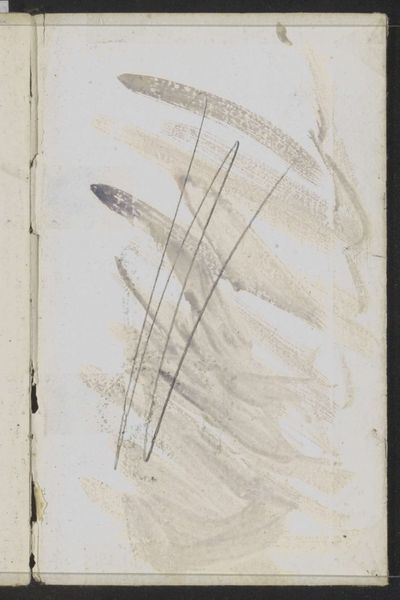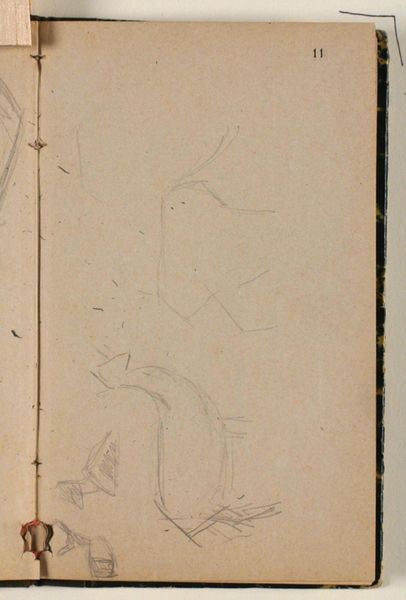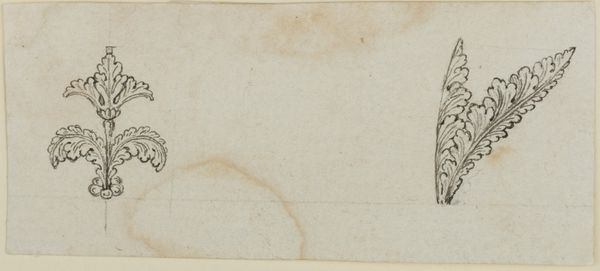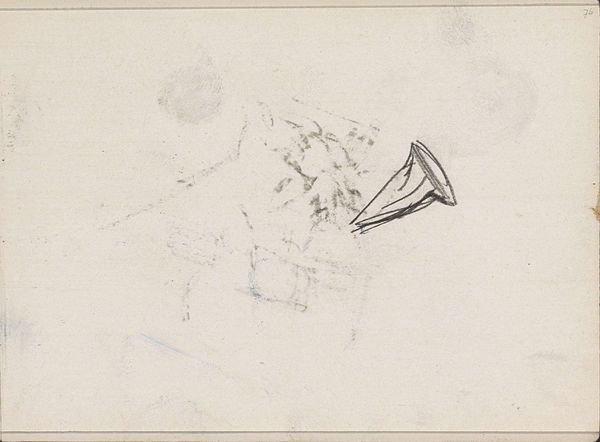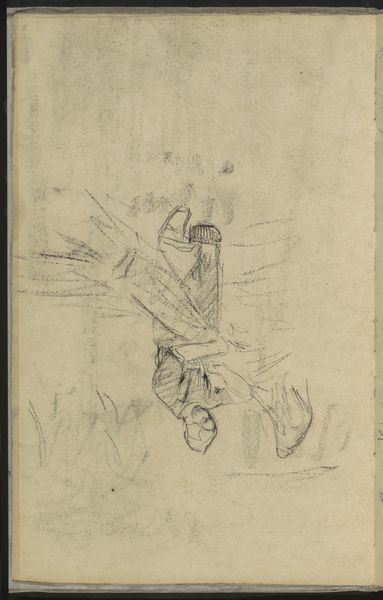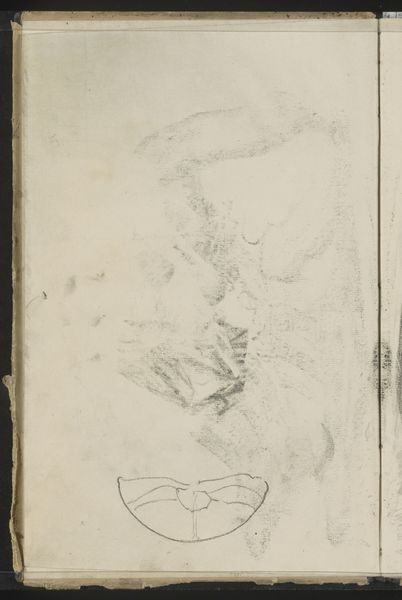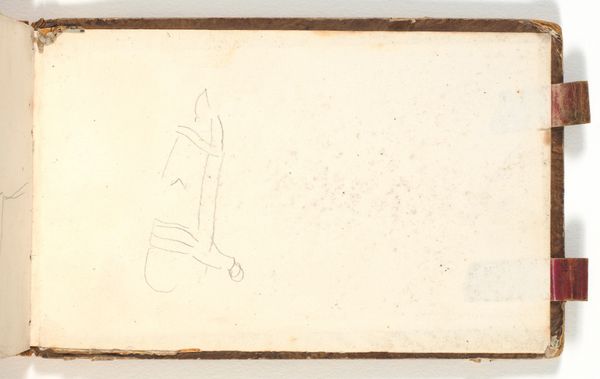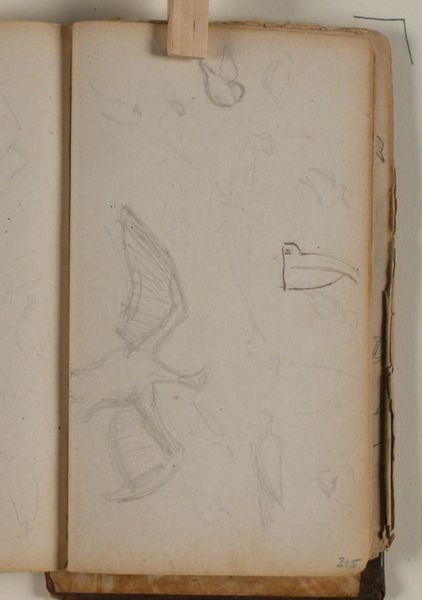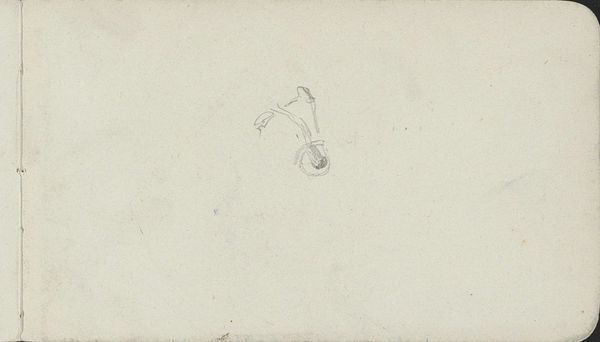
Onderdeel van het menselijk lichaam met een afwijking 1836 - 1912
0:00
0:00
drawing, graphite
#
pencil drawn
#
drawing
#
form
#
line
#
graphite
#
academic-art
#
realism
Dimensions: height 55 mm, width 44 mm
Copyright: Rijks Museum: Open Domain
Editor: Here we have "Onderdeel van het menselijk lichaam met een afwijking," or "Part of the human body with an abnormality," created between 1836 and 1912, currently at the Rijksmuseum. It's a graphite drawing on paper, seemingly a precise anatomical study. What strikes me is how clinical and almost detached the depiction is. How do you interpret this work? Curator: Considering its material nature and historical context, I see this drawing less as detached and more as deeply embedded in the era's evolving understanding, and exploitation, of the human body. Think of the materials used – graphite, paper. These were becoming increasingly industrialized, cheaper, and more accessible, enabling a broader production and consumption of anatomical illustrations, facilitating medical knowledge dissemination beyond elite circles. The means of production themselves democratized medical study to some extent. Editor: That's fascinating. So, the availability of the materials influenced the subject matter and its accessibility? Curator: Precisely. Furthermore, the ‘abnormality’ itself is crucial. Consider the social context: What constituted ‘normal’ versus ‘abnormal’ was being increasingly defined and pathologized by emerging medical and scientific institutions. This image, in its production and dissemination, participated in that process, defining what it meant to be a ‘normal’ body. It’s a commodity in a knowledge-based economy. How was labor involved in making this artwork available to a broader audience? Editor: Well, the artist had to observe, sketch, and reproduce this abnormality, effectively transforming the body into a specimen. It is very labor-intensive. Curator: Exactly! Even the drawing's linear style, quite precise, suggests an objective, scientific approach. It subtly reinforces a separation between the observer and the observed, the "knowing" doctor and the objectified patient. It speaks to labor on all fronts from the pencil maker, paper mill to the person it was drawn by! Editor: I see, it’s not just about what’s depicted, but also about how the very process of depiction is embedded in a system of power and knowledge production. This really highlights the active role art plays in shaping our understanding of the body. Curator: Precisely, and even challenges the definition of what is art and scientific data when materials and processes can cross lines in defining them.
Comments
No comments
Be the first to comment and join the conversation on the ultimate creative platform.
